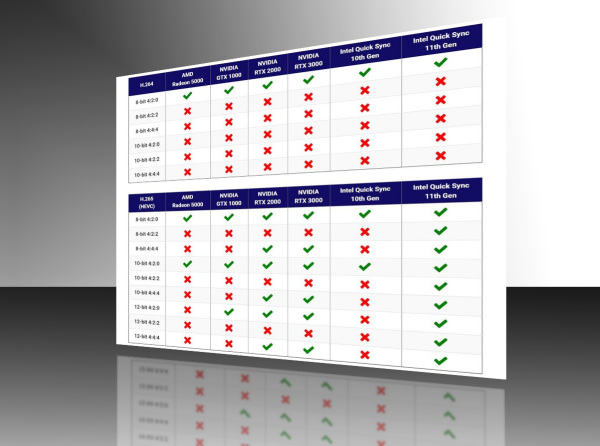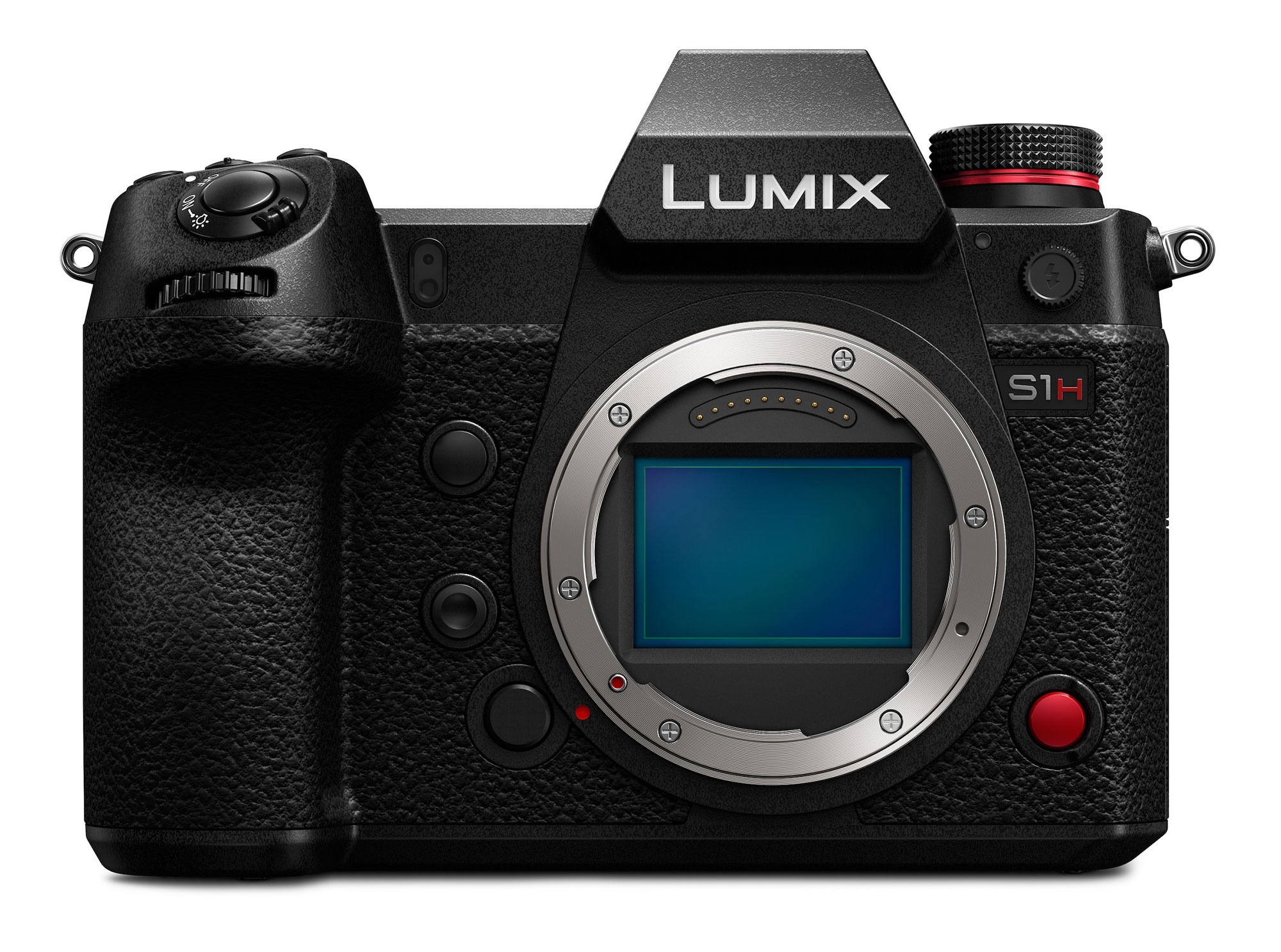[11:47 Thu,3.June 2021 by Rudi Schmidts] |
Puget Systems has been convincing with its benchmarks for video editing primarily through the sheer quantity of the results. But with their latest tweet, the workstation screwdrivers have now worked out a few really relevant data points for video editors. But the mix of hardware manufacturer secrecy, various driver models and versions as well as concrete application support usually makes it very difficult to make well-founded statements about whether a codec is ultimately accelerated or not. Especially since the support of hardware codec versions such as Quicksync under an editing programme always represents only a snapshot. Not only because software manufacturers are often late in supporting new hardware codec generations, but also because occasionally even hardware support is dropped with a new software version.  Just such a useful snapshot is provided by the table for DaVinci Resolve published by Puget Systems on Twitter. And it shows a lot of what we have already mentioned. Among other things, that neither AMD nor Nvidia support 4:2:2 decoding. Or that AMD only supports very few codec settings compared to Nvidia. Also not surprising, but now finally documented, one sees that only Intel with the Quick Sync variant of the latest 11th Gen processors can really offer relevant H.265 coverage. And that with H.264 under Resolve, hardware support is almost irrelevant - which again seems quite incredible to us. However, such a table of course also quickly makes us want more, and so we wonder what codec support looks like in AMD&s current CPUs and fresh GPUs. And of course we would also like to take a look at Apple&s M1. The latter was able to play many H.265 dialects smoothly. Well, maybe there will be a follow-up from Puget Systems soon... deutsche Version dieser Seite: Puget Systems untersucht Hardware Decoding unter DaVinci Resolve |





